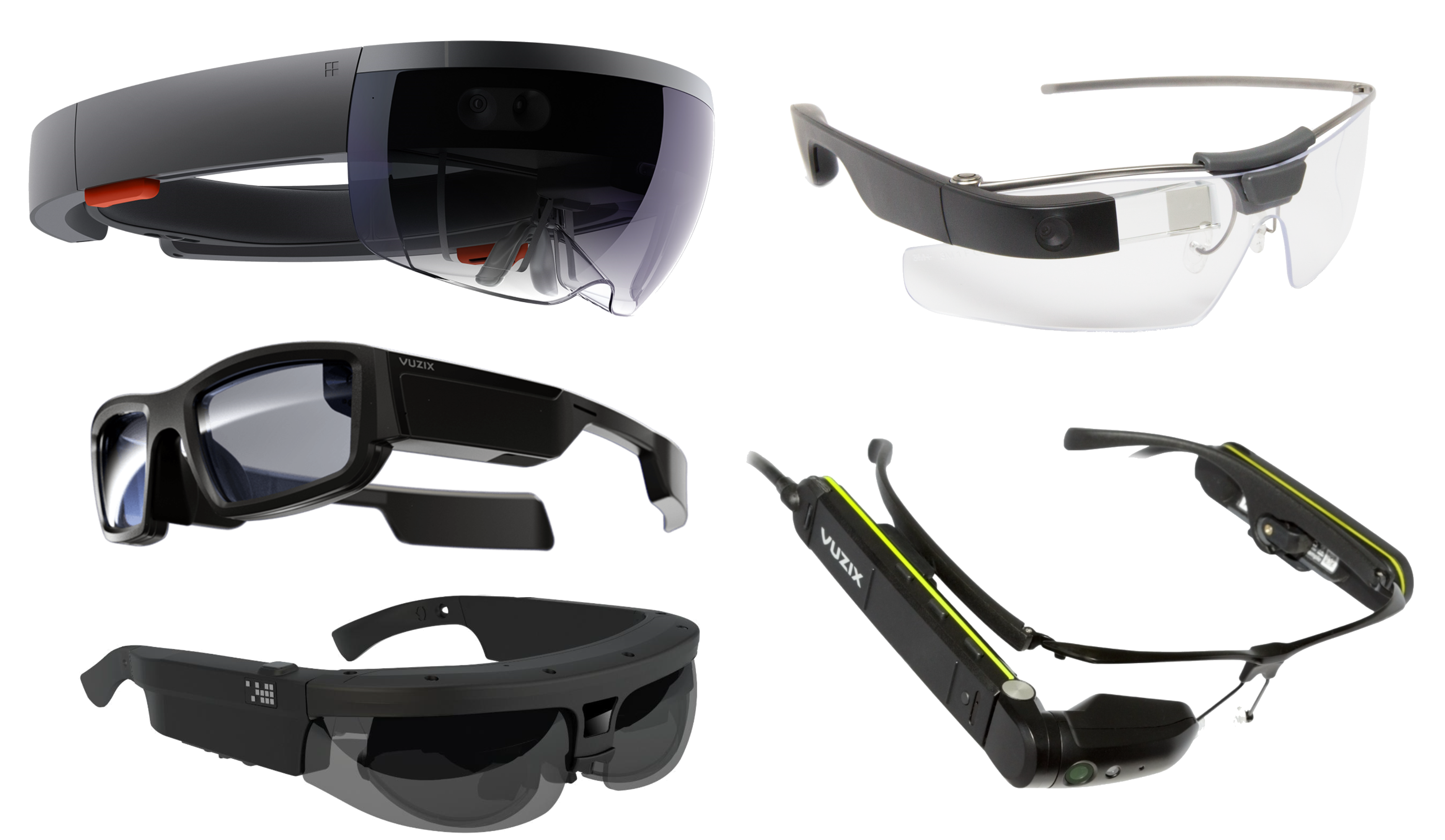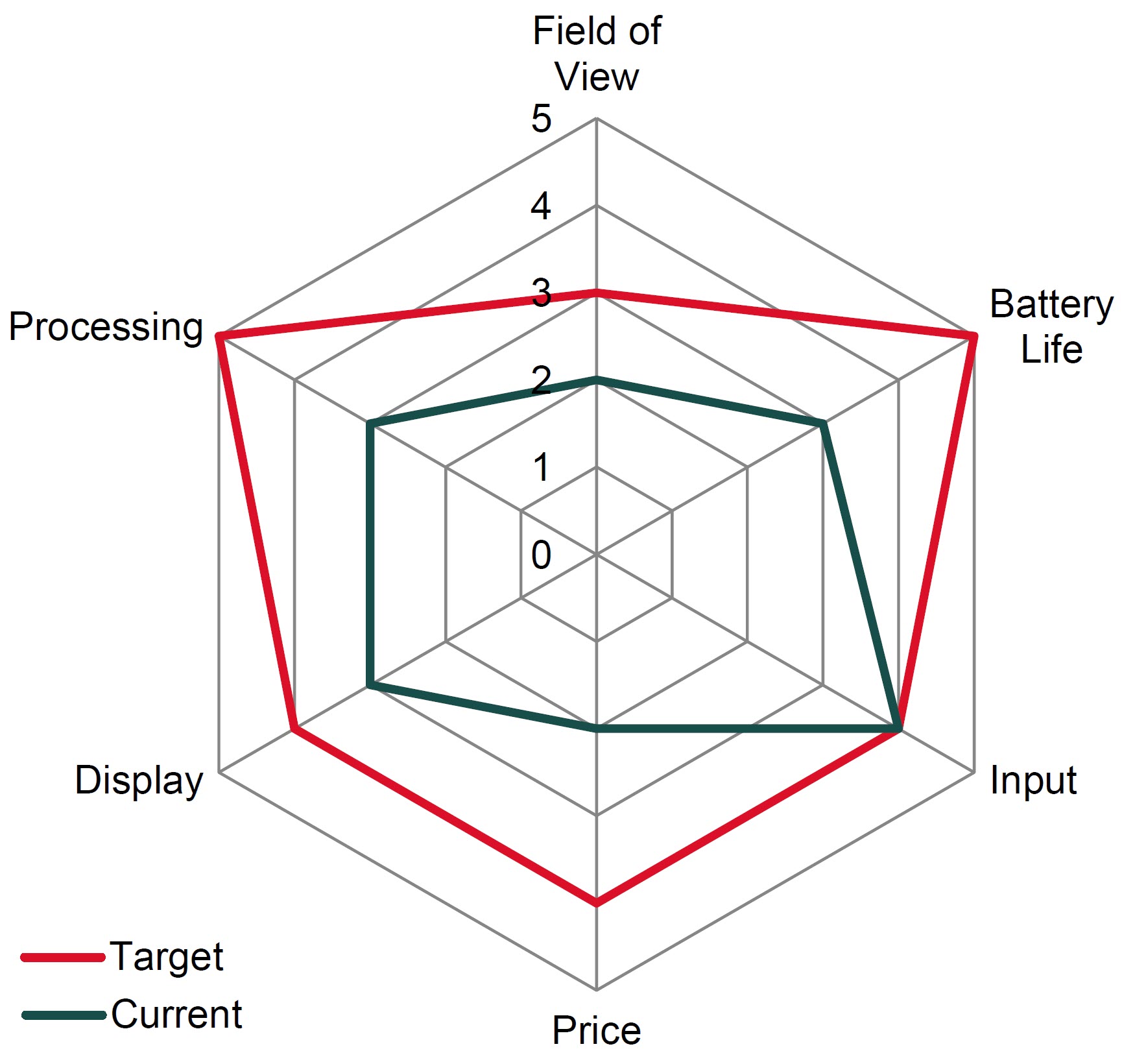
Smart glasses are here and quickly becoming a big part of the business landscape, especially for deskless workers whose hands are busy with the task at hand. Understanding the maturity of the hardware helps to decide whether they will fit the need of your task and business.
Read What are Smart Glasses and How Are They Used in Business? for more about smart glasses themselves.

The hardware and software are now commonly available from several providers including X Glass, Epson, Vuzix, Sony, Microsoft Hololens, and ODG with Apple expected to enter the market within 2 years. Additionally, smart glasses adoption is expanding into new markets, platforms, and applications.
Of course, hardware and software will always evolve, but many companies are already testing and implementing solutions with the current technology and reaping great returns.
 Image Credit: ABI Research
Image Credit: ABI Research
 Image Credit: ABI Research
Image Credit: ABI Research
Field of View. This is heavily dependent on the device selected and its value is relative to the business need. For most situations, the current 30°- 50° field of view in binocular devices is more than sufficient. Also, some new devices coming out soon, such as the next version of the HoloLens, are expected to provide up to 70°.
Battery Life. Currently acceptable and more so if glasses are tethered to wearable packs. Battery life is improving quickly as well.
Input. The device input for voice, touch, gesture, gaze, and geolocation are furthest along and is highly reliant on the quality of the software used as much as the hardware.
Price. Objectively high for many companies first looking at the solutions that have not yet fully understood the return possible. The prices are also expected to drop as manufacturing costs decreases and demand increases.
Display. The display quality is very good, but the form factor, for binocular devices at least, still has a little way to go to be considered for long periods of comfortable use.
Processing. The processing is faced with form factor, heat, and battery obstacles that can be mediated with more optimized software and with processing off-loaded onto tethered wearable packs.
Style. The business world is much less concerned with the style and is not typically an issue at all. However, for public facing solutions, this may be something to keep in mind.
Expertise. Second to price, finding people that understand how and where to implement smart glass solutions with the correct hardware and software into the business can be an obstacle.
Other considerations include 2D vs. 3D, monocular vs. binocular, connectivity, adaptability, performance, durability, comfort, available software, and software development platforms and kits.